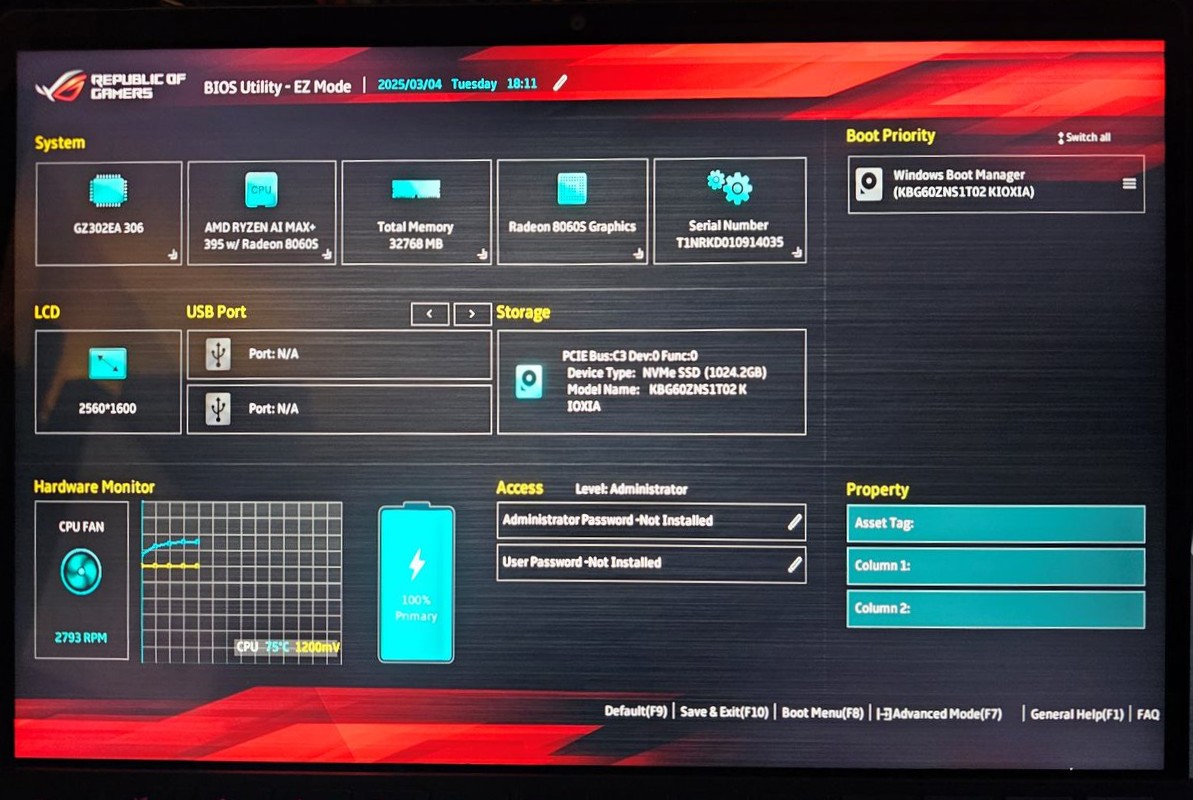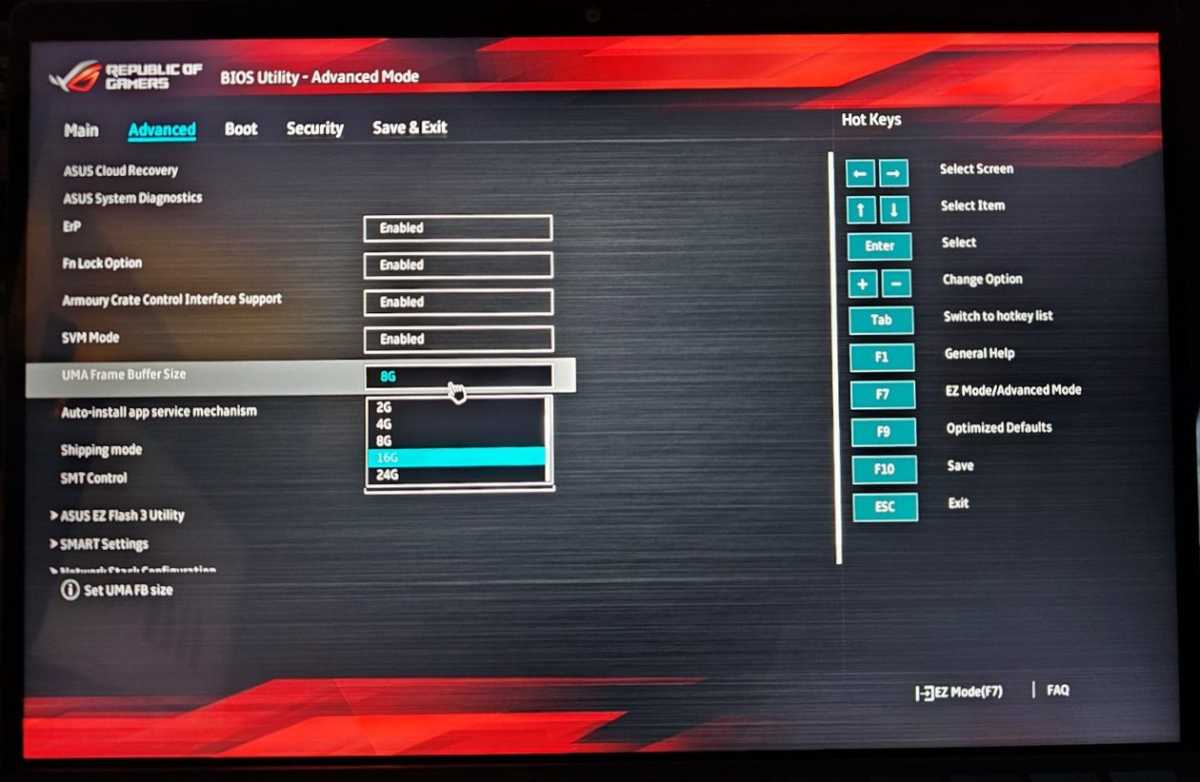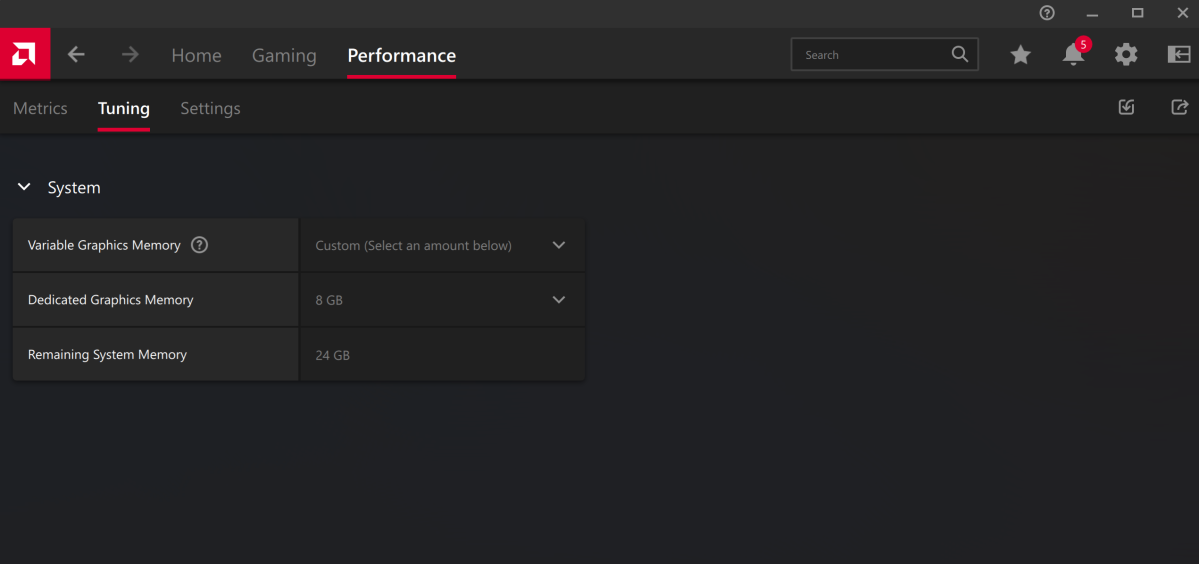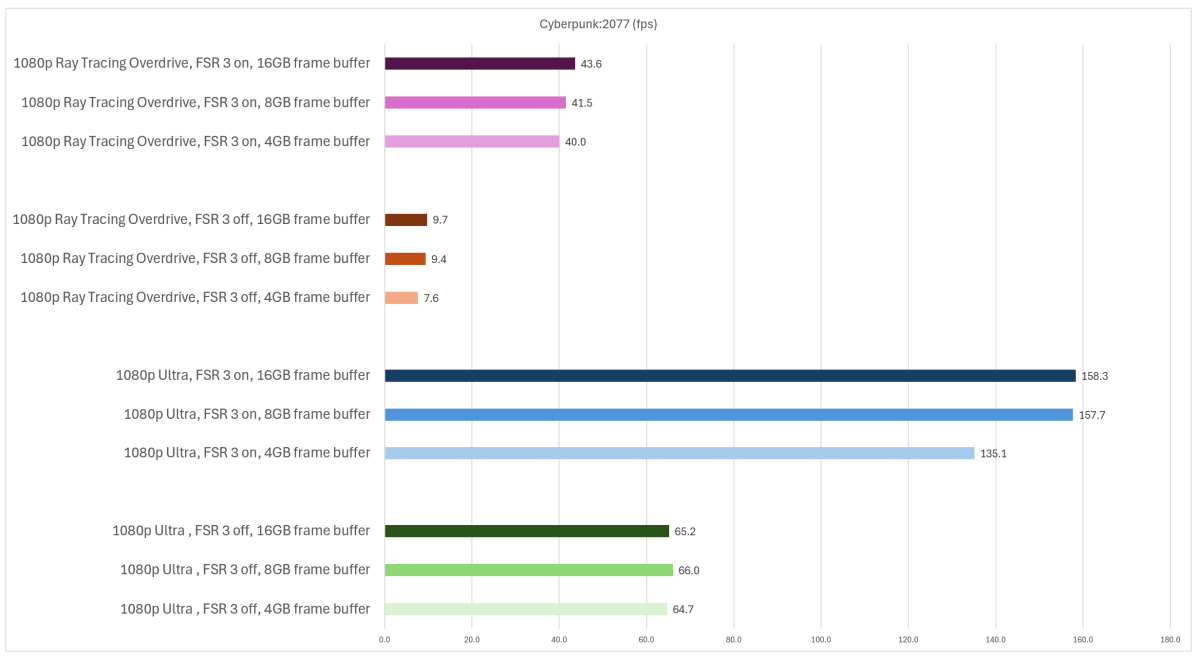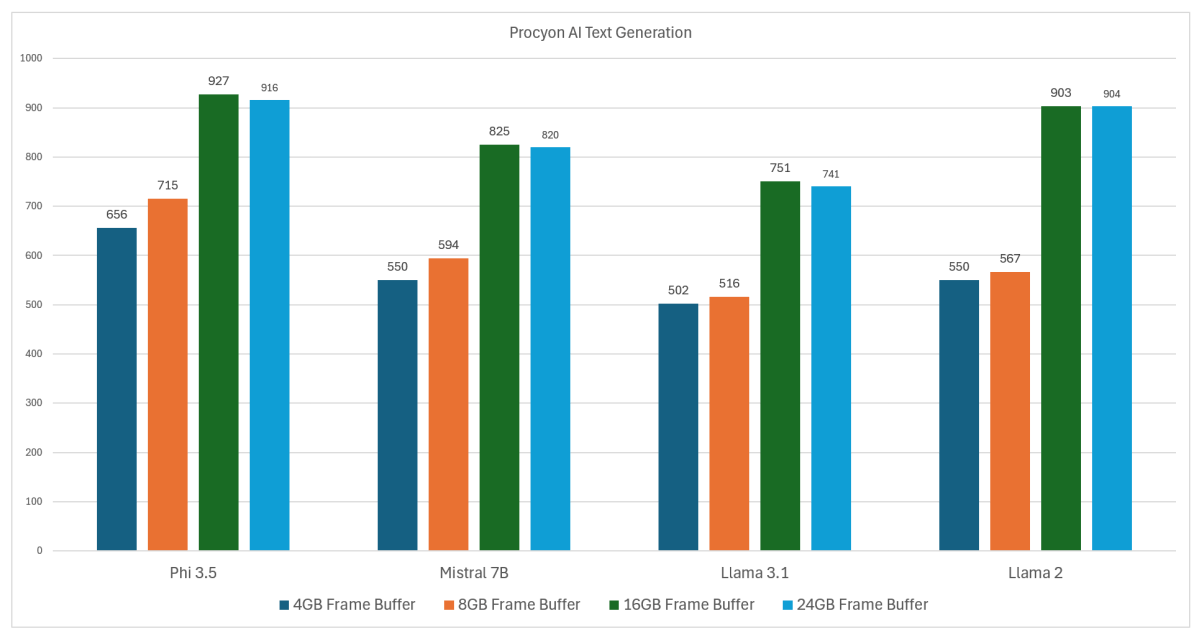When it comes to good overall health, the teeth are often overlooked. We tend to think of teeth as primarily cosmetic when in reality, oral health is linked to physical health and the risk of a number of chronic conditions. The mouth is a gateway to the rest of the organs, and when it becomes diseased, so too can the body.
“Your mouth is the primary way bacteria enters your body. Bacteria can travel from areas like infected gums through the bloodstream to other parts of your body,” says Shashwat Patel of Hamilton Dental in Hamilton, Ontario. “Decaying teeth and gum disease also adversely impact nutrition because when people can’t chew well that affects overall health.”
Research has also shown that poor oral health is linked to a laundry list of chronic conditions, including diabetes, cardiovascular disease, infections, and poor quality of life.
The Link Between Poor Oral Health and Diabetes
An August 2024 study published in The American Journal of Medicine found that periodontal disease, an infection of the tissue that supports the teeth, was a strong risk factor for diabetes. It’s likely the result of long-term inflammation in the body, says Frank A. Scannapieco, study author and professor of oral biology at the University of Buffalo School of Dental Medicine.
“Long-term chronic periodontitis can contribute to systemic inflammation, which could contribute to diabetes,” says Scannapieco. Over time, inflammation in the body can contribute to insulin resistance as well.
Gum disease can also raise your blood sugar, according to research published in The Journal of the American Dental Association. Research found that compared to patients with healthy gums, people with severe gum disease had higher blood sugar, leading to an increased risk of type 2 diabetes.
Read More: Regrowing Teeth Is on the Horizon and May Represent the Future of Dentistry
Poor Oral Health and Other Chronic Diseases
The mouth is also linked to other chronic diseases, such as respiratory infections like pneumonia and infections of the air sacs in the lungs. The mouth is connected directly to the lungs through the trachea, so any kind of aspiration into the lower airway could be linked to an infection. The problem is made worse in patients who are intubated and need assistance breathing, which can cause microbes from the mouth to enter the lower airway, says Scannapieco.
Alzheimer’s Disease and dementia are also linked to inflammation that may be at least partially impacted by poor oral health. Chronic inflammation can lead to neural inflammation in the brain, which can cause cognitive decline.
It’s also possible that bacteria could cross the blood-brain barrier, and some of the microbes that originated in the oral cavity might increase the risk of developing these diseases. There’s evidence of oral bacteria being detected in the brains of animal subjects who had also shown signs of Alzheimer’s disease and dementia.
“We’ve seen some interesting clues that oral bacteria could influence the course of a disease like Alzheimer’s. And since gum disease is so widespread, it’s possible that this could be a contributor to dementia, though the research is still very preliminary,” says Scannapieco.
Practicing Good Oral Health
The good news is that maintaining good oral health is quite simple, starting by brushing your teeth twice daily for a least two minutes when you wake up in the morning and again when you go to bed at night. Additionally, remove plaque from between the teeth by flossing daily. Visit a dentist every six months for a professional teeth cleaning and to have your teeth checked for cavities. Finally, eat a balanced diet that doesn’t contain excessive sugary drinks or foods.
While oral health may turn out to have an outsized impact on your overall health, at least protecting your teeth is no big deal.
This article is not offering medical advice and should be used for informational purposes only.
Read More: The Strongest and Weirdest Teeth Seen in the Animal Kingdom
Article Sources
Our writers at Discovermagazine.com use peer-reviewed studies and high-quality sources for our articles, and our editors review for scientific accuracy and editorial standards. Review the sources used below for this article:
Sara Novak is a science journalist based in South Carolina. In addition to writing for Discover, her work appears in Scientific American, Popular Science, New Scientist, Sierra Magazine, Astronomy Magazine, and many more. She graduated with a bachelor’s degree in Journalism from the Grady School of Journalism at the University of Georgia. She’s also a candidate for a master’s degree in science writing from Johns Hopkins University, (expected graduation 2023).
via Discover Main Feed https://ift.tt/ufAWVTw
March 14, 2025 at 08:15AM


